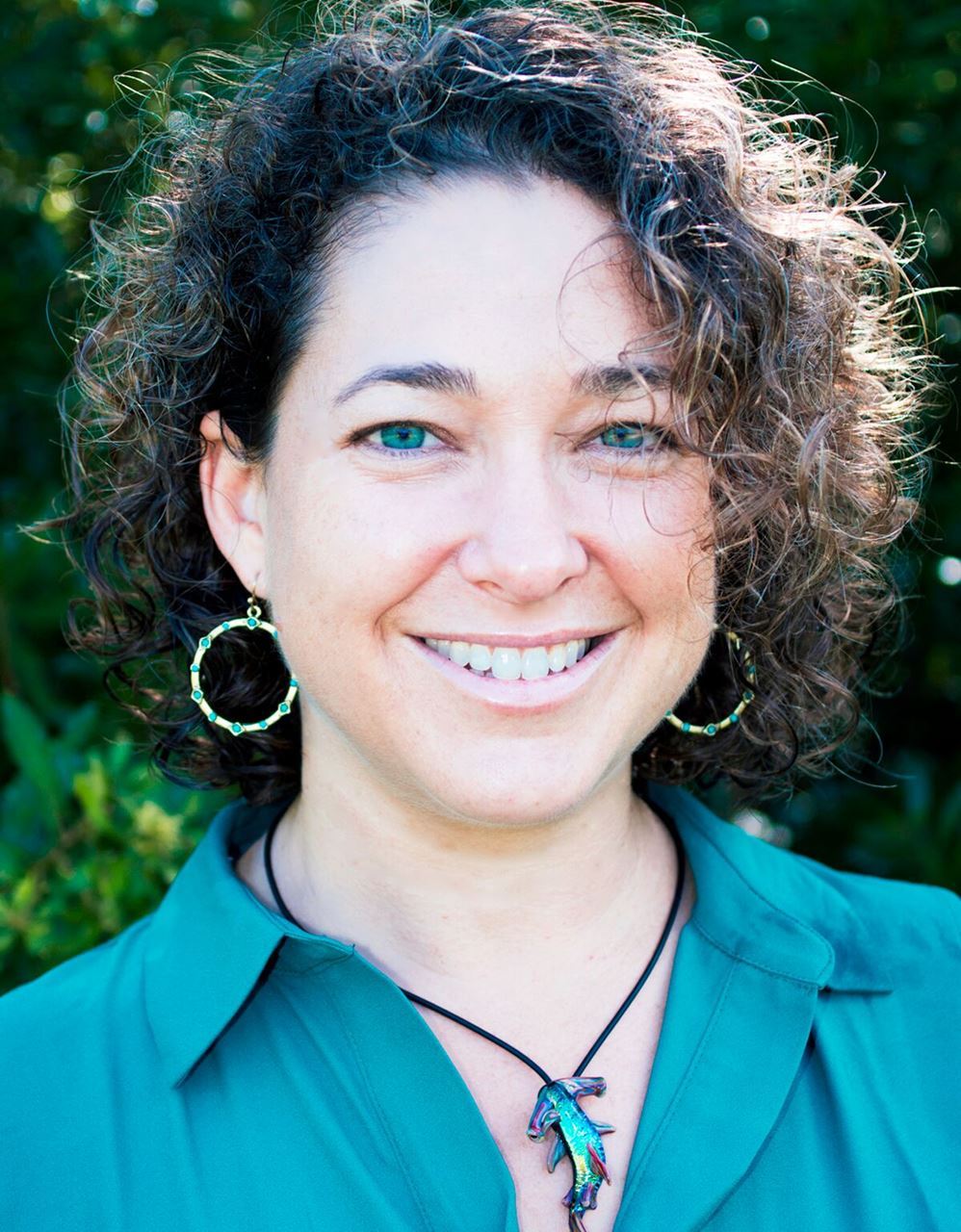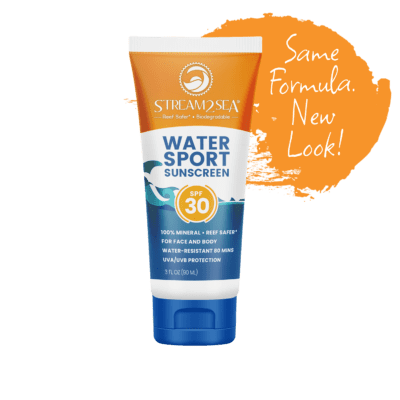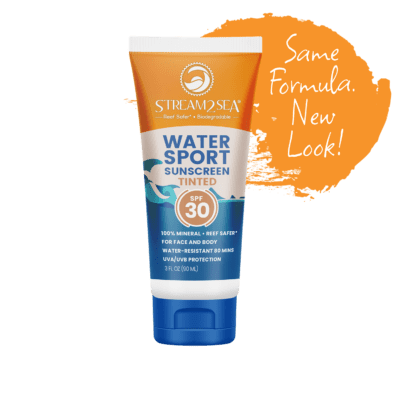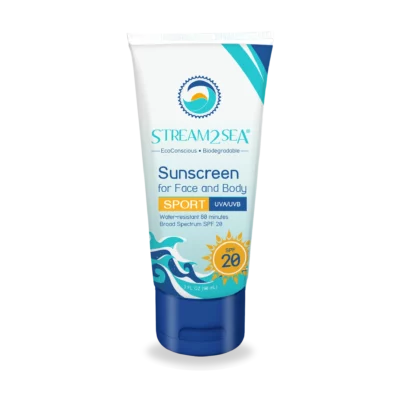No products in the cart
Dive Deeper Blog
An Open Letter to FL Gov DeSantis from Stream2Sea Founder, Autumn Blum
Dear Governor DeSantis,
It’s a pretty basic expectation: Sunscreen ingredients should be generally recognized as safe and effective by the U.S. Food and Drug Administration.
Ironically, you’re now being asked to sign legislation that would make it illegal for local governments to ban ingredients that don’t meet that fundamental expectation.
It gets cloudy fast but the issue in Key West and Miami Beach is coral reefs. Common sunscreen ingredients have been shown to kill coral larva at concentrations as low as 62 parts per trillion, or about one drop in 6.5 Olympic-sized swimming pools. Three sites tested in Florida showed concentrations far in excess of that level:
- Bahia Honda (Florida Keys), oxybenzone levels of 4,474 parts per trillion on Aug. 9, 2015
- Fort Zachary Taylor (Key West), oxybenzone levels of 8,114 ppt on March 18, 2017
- Miami Beach, 15,425 ppt on Aug. 11, 2015.
As these data show, concentrations of oxybenzone skyrocket at the most popular beaches where swimmers congregate in larger numbers.
We’re not sure why a Republican legislature would intentionally override local governments who are working to protect their livelihoods but that’s exactly what Senate Bill 172 and House Bill 113 would do. Senator Rob Bradley, an attorney representing largely land-locked constituents, has said that “the scientific community does not support” claims that these ingredients are killing coral reefs.
We beg to differ, as do experts from NOAA, the National Parks Service and the Florida Department of Environment Protection.
Even mainstream medical doctors and dermatologists — most concerned about skin cancer rates increasing — recommend avoiding these chemicals.
- The international medical journal Lancet supports the Hawaiian ban on chemical sunscreens saying “there are many safe alternatives that people can use until this uncertainty is resolved.”
- The Journal of the American Academy of Dermatologists reviews scientific reports on the adverse environmental impacts of oxybenzone and concludes that “practicing photoprotection… and applying sunscreens with inorganic filters (titanium dioxide and zinc oxide) are an alternate means of protecting oneself from UV radiation.”
- Skinmed, a peer-reviewed journal for international dermatologists, reports that “There is strong evidence that some sunscreen ingredients, especially oxybenzone, are harmful to corals if the concentration in water is high.”
- Plastic Surgery Nursing notes “It has also been shown that there are more effective UV filters, such as zinc oxide and titanium dioxide, which do not carry the same environmental and health concerns as oxybenzone and octinoxate.”
And that’s all before you look at the recent FDA actions requesting major manufacturers to provide safety data for the first time in 40 years on sunscreen ingredients originally approved in the 1970s – safety data that industry has been unwilling or unable to provide to date.
The only ingredients the FDA still recognizes as safe and effective are zinc oxide and titanium dioxide which do not impact coral reefs or absorb into bloodstreams as their chemical counterparts do.
While there is no proven cause-and-effect relationship between common sunscreen chemicals and adverse impacts, the FDA has confirmed that a single application of sunscreen containing oxybenzone resulted in concentrations more than 360 times its safety threshold.
At least nine of the sunscreen ingredients being reviewed are known endocrine disruptors that produce adverse developmental, reproductive, neurological, and immune effects in both humans and wildlife. Scientists are documenting a wide variety of impacts in humans, from infertility in men to endometriosis among women, and even an increased risk for potentially lethal birth defects. The increased use of chemical sunscreens may even help explain why unexplained infertility has become so prevalent.
And even as more and more people apply more and more sunscreen, more people are diagnosed with skin cancer each year in the U.S. than all other cancers combined and at least one in five Americans will develop skin cancer by the age of 70.
We absolutely agree that protecting skin from UV rays is critically important. The issue here is does the State of Florida make it illegal for local governments to ban ingredients that scientists, researchers and medical professionals agree should be avoided?
It makes no sense to us, we hope you agree.
Sincerely,
Autumn Blum
Founder and CEO
Stream2Sea, proudly made in the heartland of Florida.



